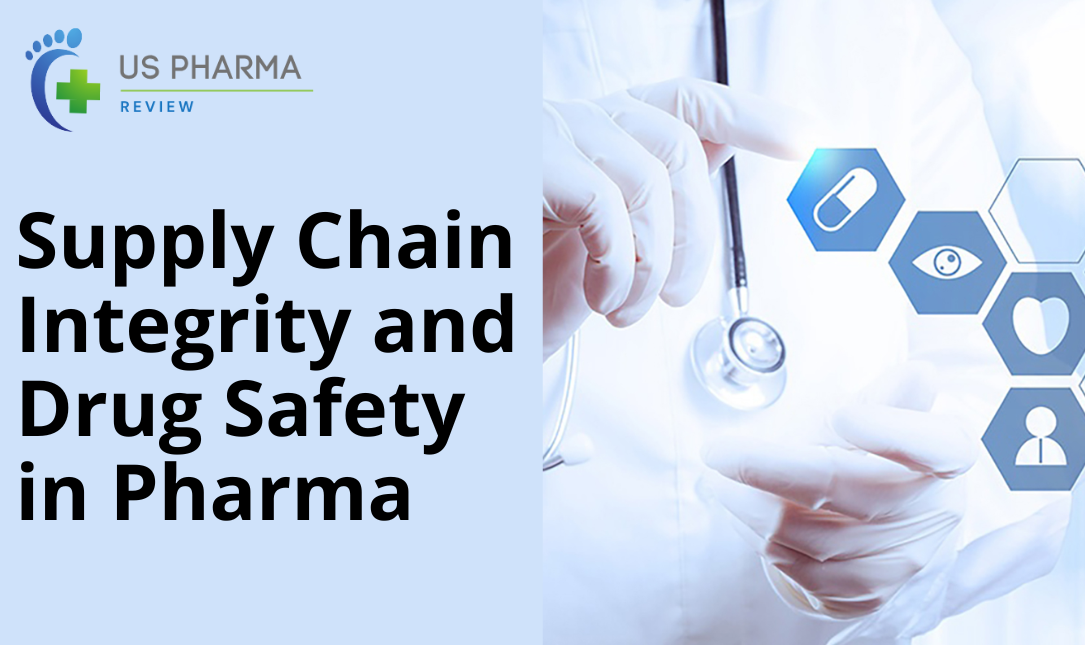Travel Tips
Lorem ipsum dolor sit amet, consectetur adipiscing elit.

In the pharmaceutical industry, Drug Safety is not just a regulatory requirement—it is a cornerstone of patient trust and public health. Ensuring the safety and efficacy of medications depends heavily on the integrity of the pharmaceutical supply chain. A disruption, contamination, or the introduction of counterfeit drugs can have catastrophic consequences for patients and healthcare systems. Therefore, safeguarding Drug Safety begins long before a medication reaches pharmacy shelves; it starts with a meticulous approach to supply chain management.
The modern pharmaceutical supply chain is complex, spanning multiple countries, raw material suppliers, manufacturers, and distributors. Each step presents a potential point of vulnerability. Pharmaceutical supply chain risk can arise from counterfeit products, mislabeling, temperature excursions during transport, or even cyber threats targeting supply chain data. These risks directly threaten Drug Safety, making it essential for pharmaceutical companies to implement robust risk management strategies.
Recent global disruptions, including pandemics and geopolitical tensions, have highlighted how fragile supply chains can be. As a result, pharmaceutical manufacturers are increasingly focusing on resilience and reliability to maintain the highest standards of quality assurance safety.
Counterfeit drugs remain one of the most significant challenges to Drug Safety. These products may contain incorrect dosages, harmful ingredients, or no active ingredient at all, posing severe risks to patient health. According to industry reports, counterfeit drugs cost billions annually and undermine public trust in healthcare systems.
Combatting counterfeit drugs requires a multi-faceted approach. Pharmaceutical companies are deploying traceability technology to track and authenticate products throughout the supply chain. By ensuring every shipment is verified and documented, companies can reduce the risk of counterfeit drugs entering the market and protect patient safety.
Traceability technology is becoming a critical tool in the pursuit of Drug Safety. Advanced solutions such as blockchain, serialization, and digital tagging allow pharmaceutical companies to monitor every stage of a product’s journey—from raw materials to finished medication.
This technology enables rapid response in the event of a recall, helps identify vulnerabilities, and ensures compliance with regulatory standards. By integrating traceability systems, manufacturers strengthen their quality assurance safety protocols and build greater confidence among healthcare providers and patients.
Maintaining Drug Safety is impossible without rigorous quality assurance safety practices. These practices encompass strict manufacturing standards, laboratory testing, and regulatory compliance at every stage of production.
Pharmaceutical companies must adopt proactive quality management systems that continuously monitor processes, identify deviations, and implement corrective actions. This ensures that every drug batch meets stringent safety criteria and mitigates the risks associated with pharmaceutical supply chain risk.
A holistic approach to quality assurance also supports regulatory compliance across multiple jurisdictions, reducing the likelihood of supply chain disruptions and enhancing overall patient safety.
Beyond technology and quality management, human expertise plays a pivotal role in safeguarding Drug Safety. Proper training for personnel involved in manufacturing, distribution, and quality control ensures that potential risks are recognized and mitigated promptly.
Collaboration among stakeholders—including suppliers, logistics providers, and regulatory authorities—is equally important. Transparent communication channels help prevent errors, detect anomalies early, and maintain supply chain integrity. By fostering a culture of accountability and vigilance, pharmaceutical companies can minimize the threats posed by counterfeit drugs and other supply chain risks.
Regulatory bodies such as the FDA and EMA enforce strict guidelines designed to protect Drug Safety. Compliance with Good Manufacturing Practices (GMP) and Good Distribution Practices (GDP) ensures that drugs are consistently produced and controlled according to quality standards.
Pharmaceutical companies that prioritize regulatory compliance not only reduce the risk of legal penalties but also enhance public trust. Additionally, these guidelines emphasize the importance of traceability technology and quality assurance safety, creating a robust framework for preventing supply chain vulnerabilities.
The future of Drug Safety lies in advanced technologies and sustainable practices. Artificial intelligence (AI) and predictive analytics are being used to forecast supply chain disruptions and optimize risk management. Meanwhile, sustainability initiatives in drug production and distribution also contribute to safer, more reliable supply chains. For companies interested in exploring sustainable practices in research and production, see Sustainable Manufacturing and Drug Research: A Growing Priority.
These innovations, combined with continuous investment in traceability technology, quality control, and training, will shape a pharmaceutical ecosystem where Drug Safety is proactively protected at every stage.
Ensuring Drug Safety is a shared responsibility across the pharmaceutical ecosystem. From managing pharmaceutical supply chain risk to implementing traceability technology and enforcing strict quality assurance safety, every measure counts.
By prioritizing supply chain integrity and combating threats such as counterfeit drugs, the pharmaceutical industry can safeguard patient health, maintain public trust, and meet evolving regulatory expectations. The commitment to Drug Safety is ongoing, requiring vigilance, innovation, and collaboration to ensure that every medication delivered is safe, effective, and reliable.